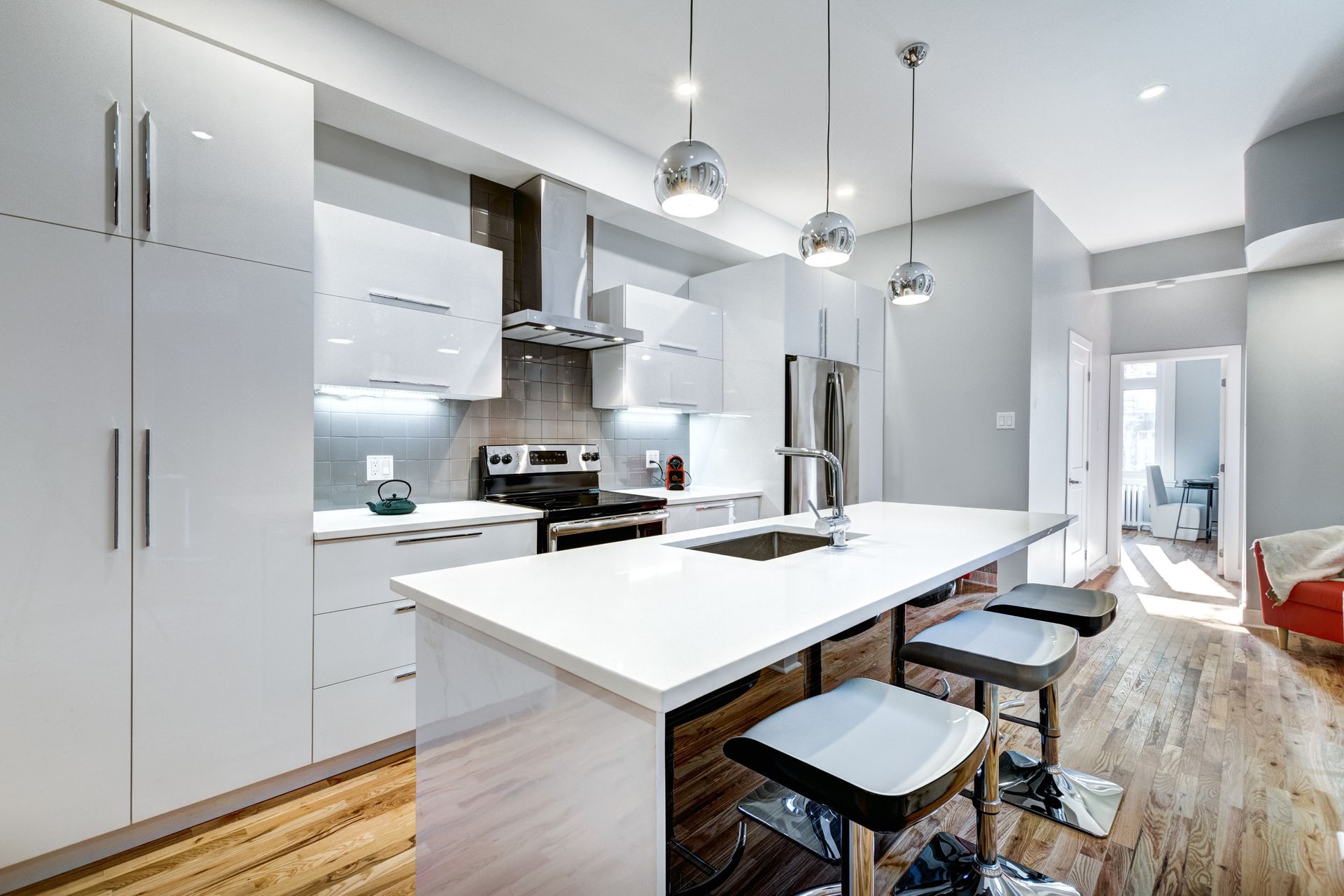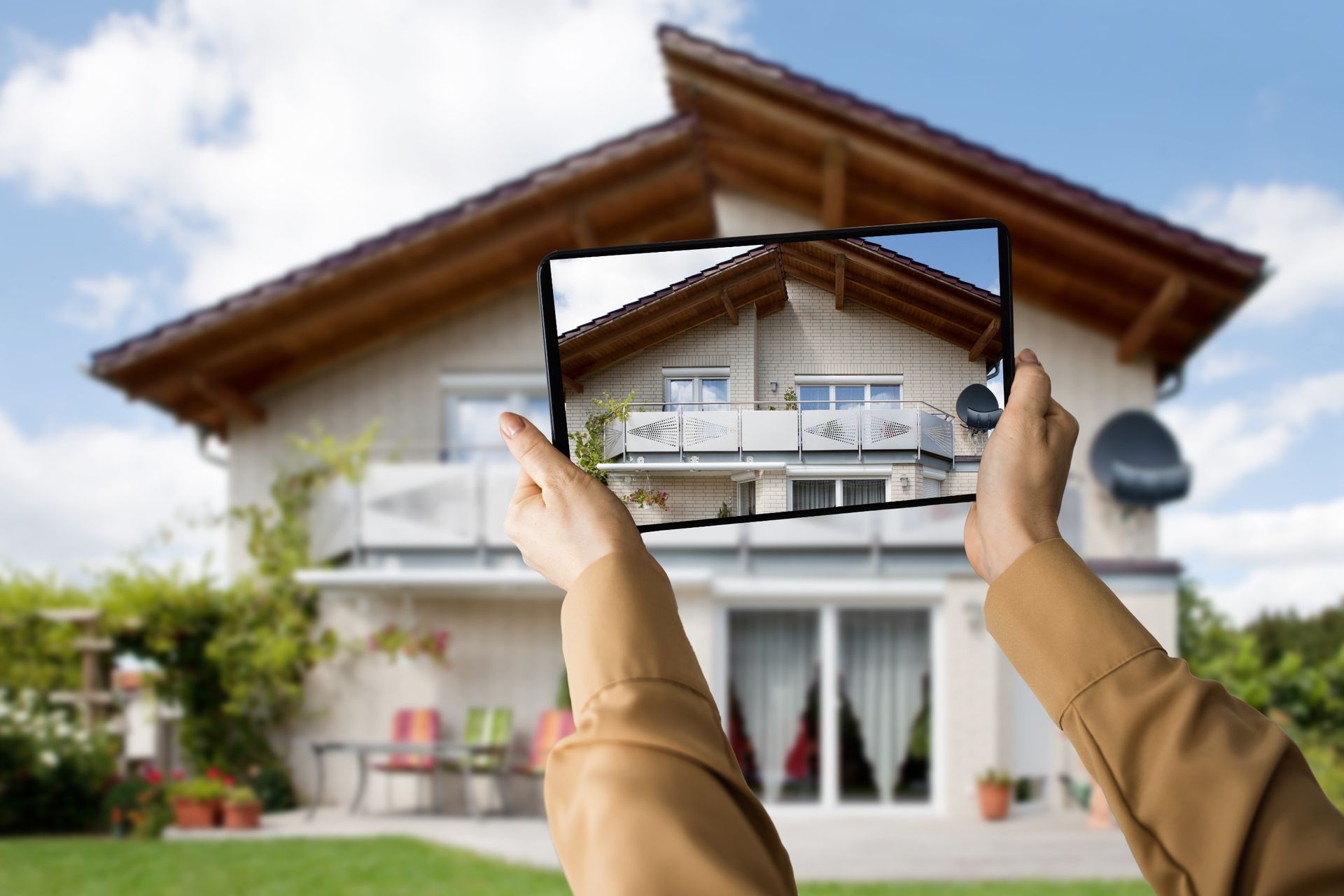HDR Vs Flash in Real Estate Photography
HDR Vs Flash in Real Estate Photography
When it comes to real estate photography in San Antonio, choosing the right technique is crucial. HDR, or High Dynamic Range, offers many advantages over flash.
HDR captures details in both bright and dark areas, creating a well-balanced image. This technique brings out the best in property photos, making them look natural and inviting.
On the other hand, flash photography can often create harsh shadows and uneven lighting. With HDR, you can showcase a property's true potential, making it more appealing to potential buyers.
In the real estate market, better photos mean faster sales and higher prices.
Understanding HDR and Flash Photography
When it comes to real estate photography, choosing the right technique is crucial. HDR, or High Dynamic Range, offers many advantages over flash.
HDR captures details in both bright and dark areas, creating a well-balanced image. This technique brings out the best in property photos, making them look natural and inviting.
On the other hand, flash photography can often create harsh shadows and uneven lighting. With HDR, you can showcase a property's true potential, making it more appealing to potential buyers.
In the real estate market, better photos mean faster sales and higher prices.
HDR: A Game Changer in Real Estate Photography
HDR, which stands for High Dynamic Range, is a technique that blends several photos taken at different exposure levels. This helps in capturing all the details in both the bright and dark areas of a scene.
The final image looks balanced and shows the property in its best light. Unlike flash photography, HDR avoids harsh shadows and uneven lighting.
It makes rooms look natural and welcoming, attracting more potential buyers. This can lead to quicker sales and possibly higher prices.
Advantages of HDR in Real Estate Photography
HDR (High Dynamic Range) photography brings several advantages to the table, particularly in the realm of real estate photography. These benefits not only improve image quality but also enhance the overall appeal of the property.
Enhanced Detail and Clarity
HDR photography stands out for its ability to capture high detail in both brightly lit and shadowed areas. This means:
- Every Corner Counts: HDR ensures that no part of the room is left in the dark, showcasing every inch of a property.
- Sharper Images: With HDR, images are crisp and clear, highlighting intricate features that might otherwise go unnoticed.
True-to-Life Colors
One of the most significant advantages of HDR photography is its capability to present colors as they are:
- Vibrancy: Colors appear more vibrant and natural.
- Consistency: Ensures that wall colors, furniture, and fixtures remain consistent with their real-life counterparts.
Balanced Exposure
HDR images are known for their well-balanced exposure, which is particularly beneficial in real estate photography:
- Reduction of Harsh Shadows: With the combination of multiple exposures, HDR eliminates harsh shadows.
- Even Illumination: Every part of the room is evenly lit, providing a more inviting and warm atmosphere.
Limitations of Flash in Real Estate Photography
While flash photography has its place, it comes with several drawbacks, especially in the context of real estate photography.
Unnatural Lighting
Flash often leads to lighting that appears artificial and harsh:
- Harsh Shadows: Single flash usage can produce stark, unappealing shadows.
- Overexposure: Portions of the image may end up overly bright, diminishing details.
Inconsistent Results
The effectiveness of flash can vary room by room, leading to inconsistent image quality:
- Reflective Surfaces: Mirrors and windows can reflect the flash, creating unwanted glare.
- Variable Brightness: Different materials and colours react differently to flash, making it challenging to achieve uniform lighting.
Disruption of Ambiance
A property's natural atmosphere can be disrupted by flash, leading to less inviting images:
- Loss of Warmth: The warm tones of natural lighting can be overshadowed by the cool hue of the flash.
- Lack of Depth: Flash can flatten out the space, making rooms look less inviting and smaller.
Best Practices for Implementing HDR in Real Estate Photography
Proper Equipment and Techniques
To capture high-quality HDR images, you'll need the right equipment and techniques. Here are some tips to get you started:
- Camera: Use a DSLR or mirrorless camera with manual settings to control exposure.
- Tripod: A sturdy tripod is essential for keeping the camera steady during multiple exposures.
- Bracketing: Set your camera to take multiple bracketed shots at different exposure levels.
- Remote Shutter Release: This helps reduce camera shake when taking the photos.
Tips on Post-Processing
Post-processing is a crucial step in creating stunning HDR images. Here are some tips to ensure the best results:
- Software: Use HDR software like Adobe Lightroom or Photomatix to combine the bracketed shots.
- Adjustments: Fine-tune the image by adjusting the contrast, saturation, and sharpness to achieve a balanced look.
- Noise Reduction: Use noise reduction tools to minimize any graininess in the image.
Creating a Workflow
Establishing a consistent workflow can help streamline the process of capturing and editing HDR images. Here are some steps to consider:
- Plan Your Shots: Before you start shooting, plan out the key areas of the property you want to capture.
- Capture Multiple Exposures: Take multiple bracketed shots of each scene to ensure you have enough data for HDR processing.
- Process Images Efficiently: Use batch processing tools in your HDR software to speed up the editing process.
- Review and Refine: After processing, review the images and make any necessary adjustments to ensure they look their best.
Conclusion
In the competitive world of real estate, high-quality images are essential for attracting potential buyers. HDR photography offers numerous advantages over flash.
By adopting HDR techniques, real estate agents can create stunning listings that showcase properties in their best light.
We encourage you to explore HDR photography for your listings and share your experiences with our community of real estate professionals.













